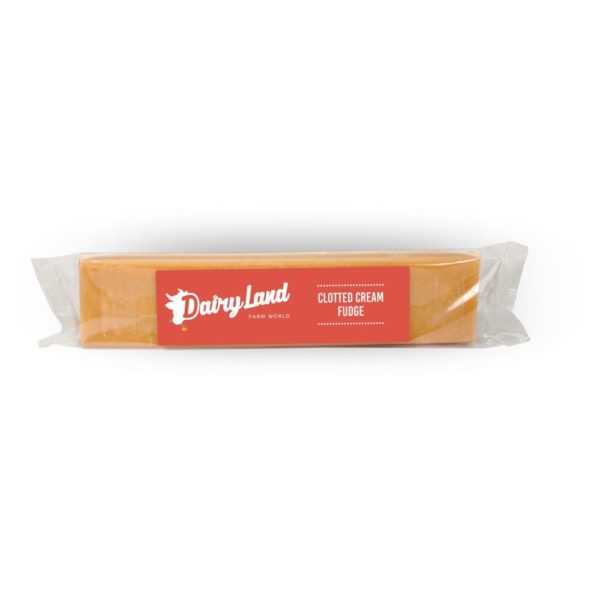

William Barry Peacock, Manchester, 1853 Ĭlotted cream has been described as having a "nutty, cooked milk" flavour, and a "rich sweet flavour" with a texture that is grainy, sometimes with oily globules on the crusted surface.

"An eulogy on a can of cream sent from a lady in Exeter". "Its orient tinge, like spring-time morn,Īs your melt-in-mouthy Devonshire cream." It is recognised as a geographical indication in Georgia, Iceland, Moldova, Montenegro, Norway, Serbia, Switzerland, and Ukraine. Following Brexit, the PDO was also registered under UK law. The designation can be used if the production follows certain requirements, from milk produced in Cornwall and the cream has a minimum fat content of 55%. In 1998, "Cornish clotted cream" was registered as a Protected Designation of Origin (PDO) under European Union law. The largest commercial producer in the United Kingdom is Rodda's at Scorrier, near Redruth, Cornwall, which can produce up to 25 tons of clotted cream a day. It forms an essential part of a cream tea.Īlthough its origin is uncertain, the cream is associated with dairy farms in South West England and in particular the counties of Devon and Cornwall. During this time, the cream content rises to the surface and forms "clots" or "clouts", hence the name. I will be posting the recipe for homemade clotted cream next week.Clotted cream ( Cornish: dehen molys, sometimes called scalded, clouted, Devonshire or Cornish cream) is a thick cream made by heating full-cream cow's milk using steam or a water bath and then leaving it in shallow pans to cool slowly. Take it from me, once you have had clotted cream there is no going back, it is a little pot of goodness that is so very easily spread on everything! From the initial taste test (which involved eating many scones and was a truly awful way to spend a weekend) I would say it is a very good recipe indeed, and you will hardly have to do a thing. I have tried the recipe once, and it worked perfectly. Outside of the UK it is very difficult to find in grocery stores, and if you do it is rather expensive.īut rest assured, aside from visiting the UK there is a way to enjoy clotted cream in the United States and it is very simple to make. The reason clotted cream hasn’t made its way across the globe is down to its extremely short shelf life, making it difficult to export. In my experience it really doesn’t matter, the taste is truly stunning whichever order you choose to spread it. Incase you are curious, in Devon the cream goes first and in Cornwall it’s the jam. There is however a centuries old fight between the residents of Devon and Cornwall as to what should be spread first, the jam or the cream. So how do you eat a cream tea? Well traditionally it is served with a scone, spread thickly, topped with either strawberry or raspberry jam, and washed down with a pot of tea. In the U.S, clotted cream would be classed as butter due to its high fat content.Ĭlotted cream is an essential part of a cream tea and is a huge hit with tourists in Devon and Cornwall. As you can probably tell from these numbers it is not the healthiest thing in the world. To be true clotted cream it has to have a minimum fat content of 55%, although most of the clotted cream made in England leans towards a rich 64%. When cream is cooked it develops a texture and a richness that is unlike anything else. ‘Ne would she scorn the simple shepherd swain,Ĭlotted cream is heavy whipping cream that has been cooked at a low temperature for a long period of time. The Shepheardes Calendar, a poem by Edmund Spenser in 1579: A local regional cookbook, in 1658 ‘The Complete Cook’ had a recipe for ‘clouted cream’ and it is even mentioned in local folklore – There is evidence that the monks of Tavistock Abbey (located in Devon) were making clotted cream in the early 14th century. It has become so deeply rooted in the culture of South West England there is a constant battle between the counties of Devon and Cornwall to claim the rights as to where it originated, and which county makes it better.Ĭlotted cream was originally made by farmers to reduce the amount of waste from their milk.

Okay, so that may be a little extreme, but once you have tasted the real thing you will never look back.Īlso known as Devonshire cream, clotted cream is a thick cream that originated in the Southwest of England. It is where two worlds collide, those two worlds being whipped cream and butter to create a little pot of goodness that is so utterly wonderful you just wish you could smother it on everything. In two words clotted cream is wickedly delightful.


 0 kommentar(er)
0 kommentar(er)
